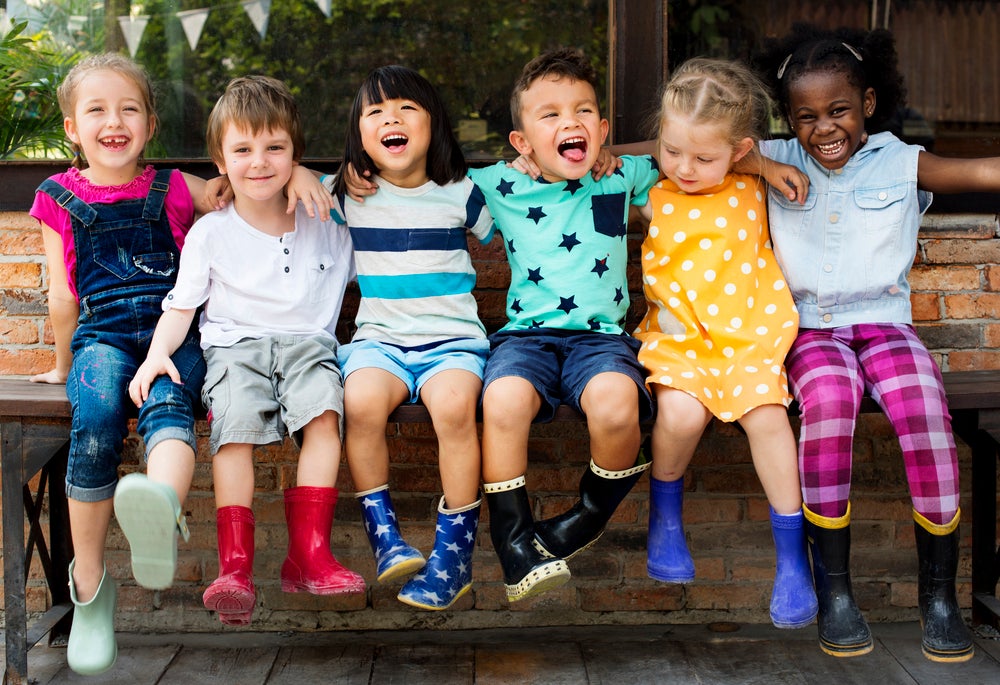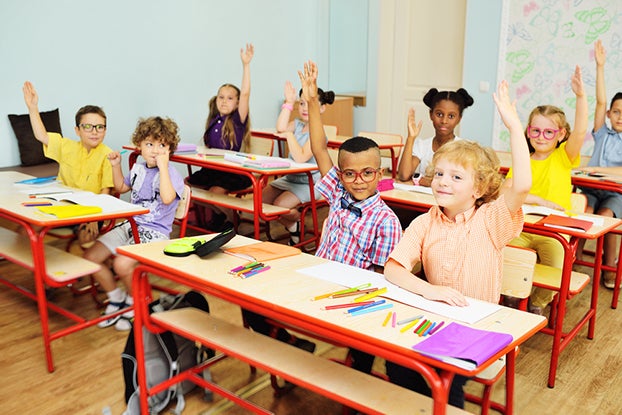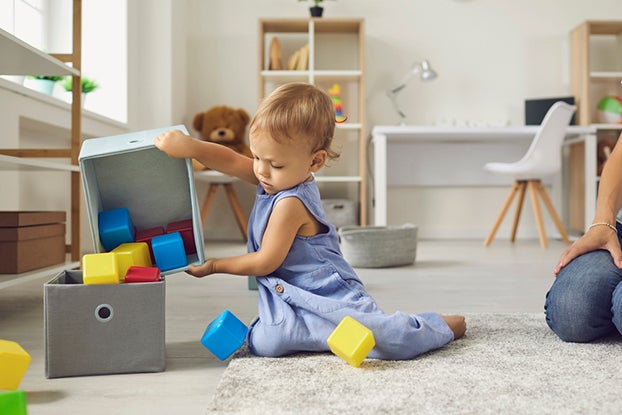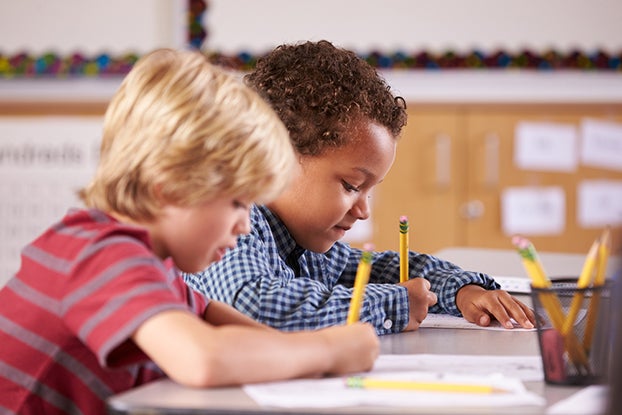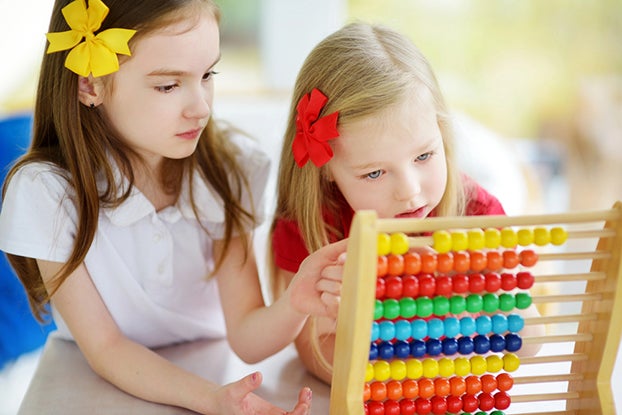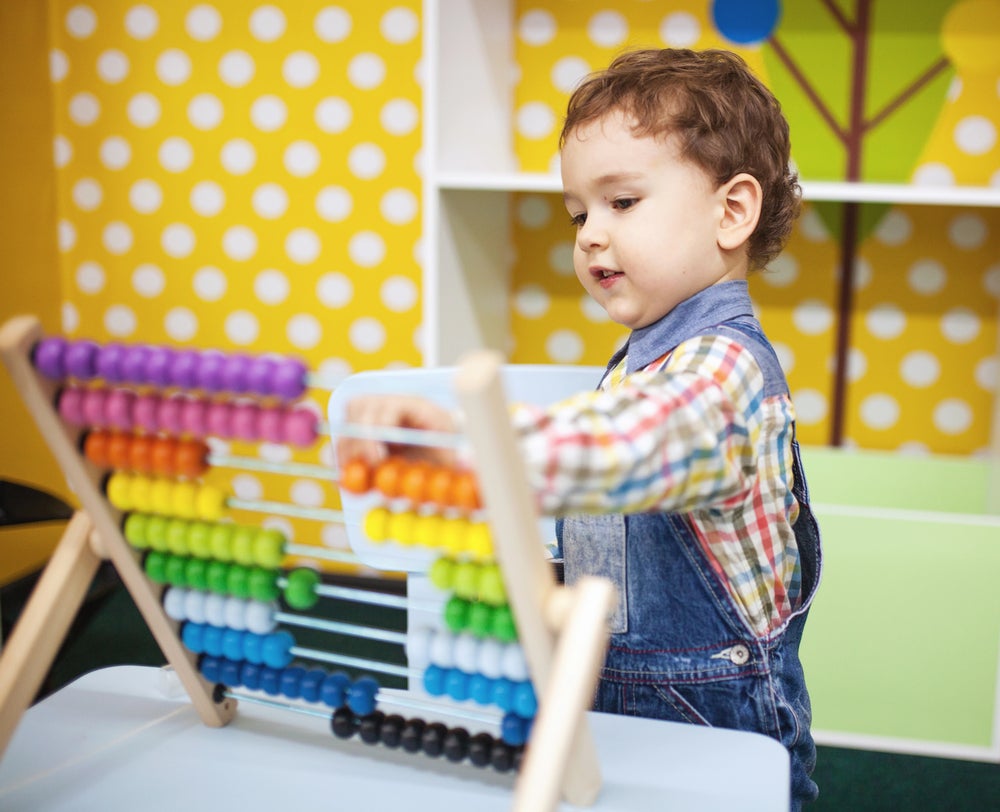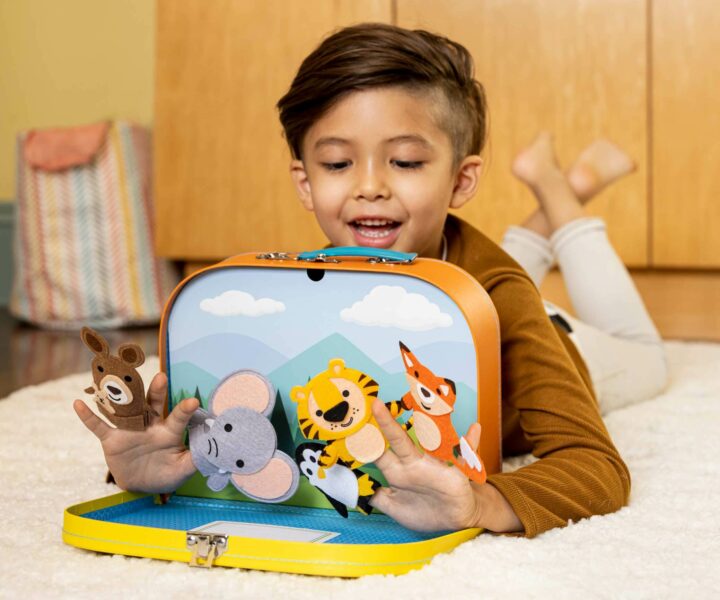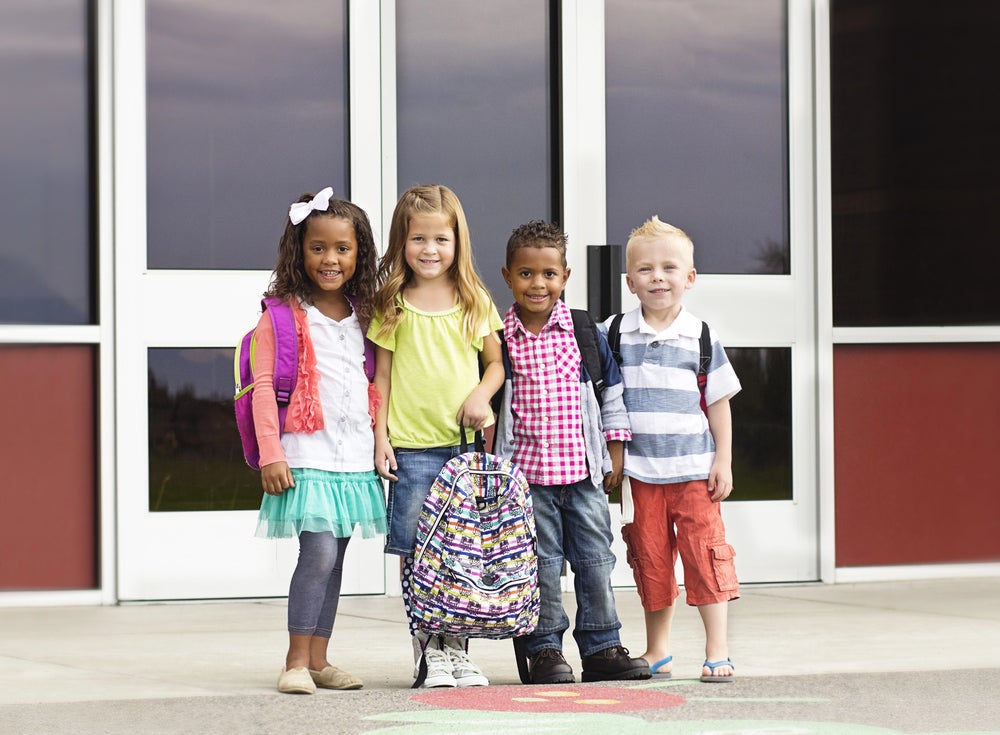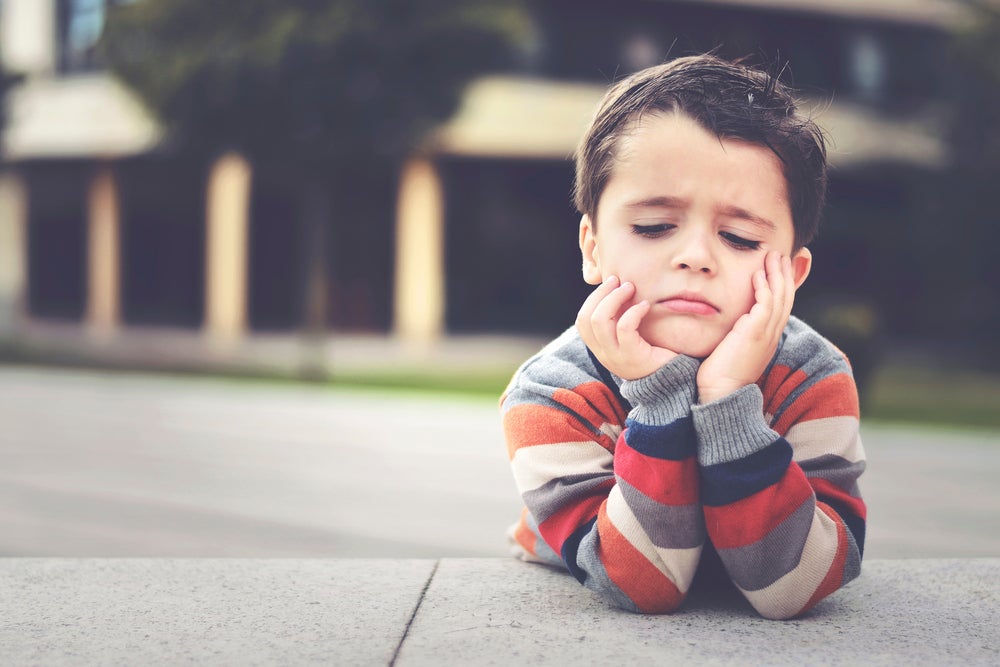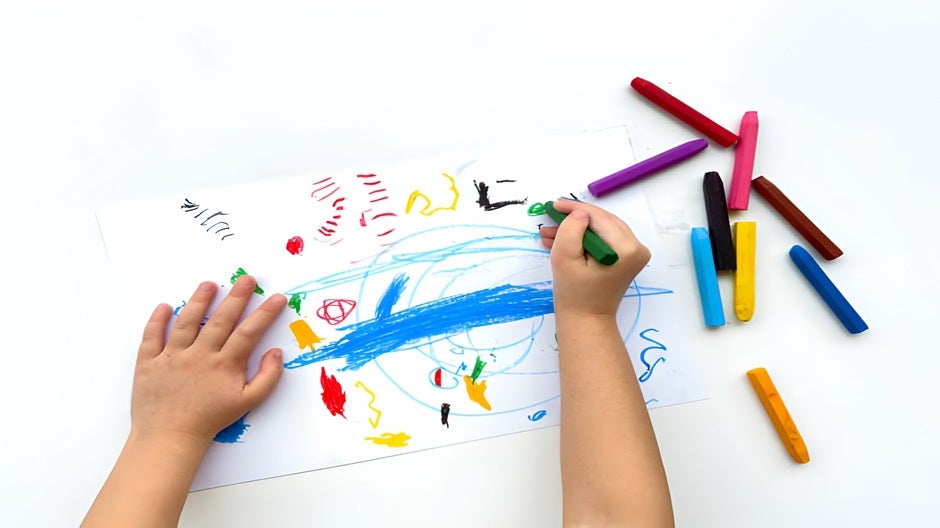Teaching feelings can be a complicated business, especially for young children. But it’s also one of the most rewarding parts of watching your child grow up, make friends, and form deeper bonds with the people around them.
Learning about feelings helps build Character, one of the 5 C’s at the heart of the Begin Approach to helping kids thrive in school and life. Kids who have well-developed Character skills tend to be calmer and more emotionally resilient, do better in school, and have healthier relationships with peers and teachers.
Teaching children about feelings helps them get better at communication, empathy, and understanding their own emotions. Parents and caregivers can help by including learning about feelings during playtime.
The Short Cut
- Learning about feelings is part of developing Character, one of the 5 C’s that help kids thrive in school and life
- Most kids become able to understand and name one or two emotions between age 2 and age 3, but they’ll continue to deepen their understanding of feelings throughout childhood
- Parents can help by naming their own emotions in front of their kids, including books about feelings during family reading time, and working activities to teach feelings into playtime
Teaching Feelings Means Naming Feelings First
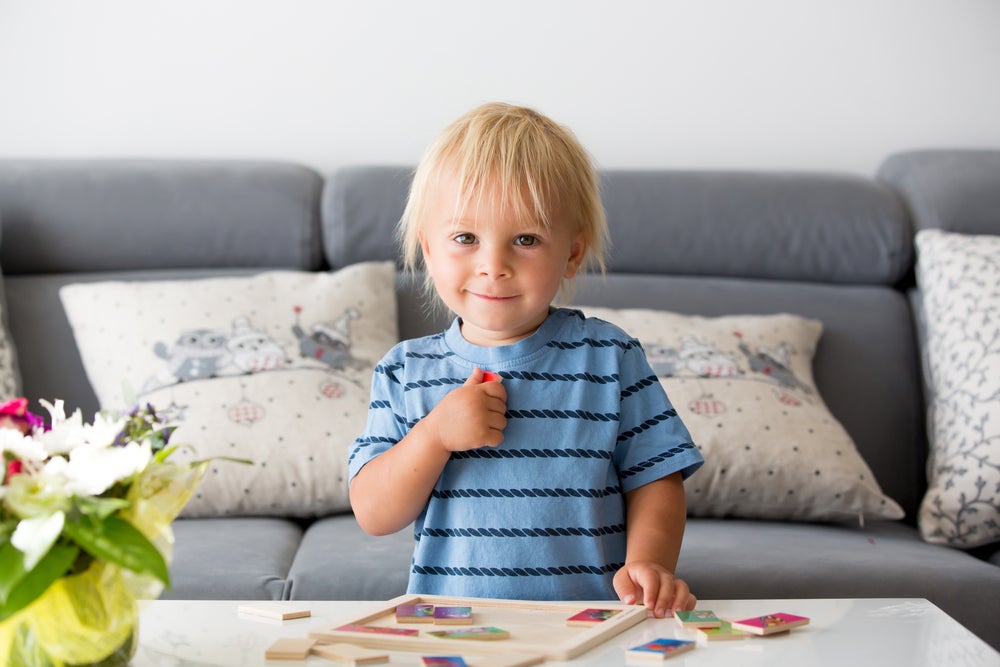
Preschool and kindergarten-aged children may feel the same emotions as older children, but that doesn’t necessarily mean they have the vocabulary to articulate those emotions in detail.
It’s important for young children to start with learning the basic words to describe emotions. These are emotions they may feel daily or weekly:
- Happy
- Sad
- Scared
- Excited
- Angry
- Grouchy
- Surprised
The goal is for your child to be able to identify these emotions in themselves and others from facial expressions, body language, or verbal language.
Since these emotions are basic, it’s important for children to have the vocabulary to say how they feel and to begin to understand how others feel.
Of course, this isn’t where a child’s range of emotions starts and stops. There are so many other feelings children can experience based on their environment or situations. Children may feel:
- Jealous
- Lonely
- Grateful
- Guilty
- Frustrated
- Relaxed
These feelings have a bit more nuance than those in the first list. They are more specific instead of general. For example, if your child feels sad, more specifically, they may be lonely.
Often, multiple emotions mix together to create these feelings (if you’ve ever seen the movie Inside Out, think about the marbles made with a mix of happy and sad emotions).
Teaching kids about feelings can be complicated when you’re working with younger children who have a limited vocabulary. But there are numerous benefits to talking about emotions and how to process them from a very young age.
Let’s take a look at some of these below.
Why Teach Children about All Their Feelings?

We all go through ups and downs in life, and understanding our feelings puts us in a better place to navigate obstacles in a focused, calm, and purposeful way.
Walking kids through how to understand their full range of emotions helps prepare kids to deal with them on their own as they get older.
This is a very important point because, as parents, we sometimes make the mistake of focusing only on happiness as an acceptable feeling to express.
Of course, we want our children to be happy. But focusing on this one emotion and not recognizing and acknowledging the others may unintentionally send the wrong message to your child. They may begin to believe that any other feelings are wrong.
Jealousy, sadness, anger, and other emotions are natural parts of our human experience. That’s why it’s essential to speak openly about different feelings so that children know how to identify them and aren’t afraid to express them in a healthy way.
In addition to embracing different emotions as healthy and good, teaching children feelings can help with other parts of growth and development as well.
Here are a few additional ways that understanding emotions can benefit children.
Promoting Emotional Intelligence
Emotional intelligence can be referred to as “the ability to identify and manage one’s own emotions, as well as the emotions of others.”
An emotionally intelligent person has many great qualities, including self-awareness, self-regulation, empathy, and social skills.
While these qualities don’t develop overnight, the more you speak to your child about feelings and how to manage them, the more it helps your child increase their emotional intelligence over time.
Reducing Anxiety

Feelings like anger, frustration, and jealousy can be very intense for children (and adults!). As we discussed above, we can’t shield our children from these emotions because they are a part of the human experience.
So, how can you help your child navigate them?
Talk to your child about what they’re feeling in the moment, and allow them to openly share what’s on their mind. Being a non-judgmental sounding board can create a safe environment and a teachable moment when your child needs it the most.
When kids learn not to fight their emotions, anxiety and stress can be reduced or eliminated.
Guidance for Parents
As parents, it’s sometimes hard to tell what our children are going through deep down. Tantrums, defiance, or aggressive behavior are not always clear indications of the underlying problem.
While these behaviors are a normal part of growing up and processing emotions, they often occur when a child feels overwhelmed and can’t healthily articulate what’s going on in their mind.
But when your child is familiar with identifying different types of feelings and what they mean, they will have an easier time talking to you about whatever problem they might be having, and you’re more equipped to handle the situation.
When Should You Start Teaching Kids about Feelings?

Sometimes, parents delay teaching kids about their emotions because they think the language is too complicated to understand.
For example, how do you teach a 2-year-old that they’re not really kicking and screaming about wanting to stay home from school or daycare but, rather, from feeling overwhelmed or scared?
The reality is that emotions are ingrained in us from birth. Babies are content when they’re warm and fed. They are anxious when they’re hungry or if they feel abandoned because a parent turns away.
No one teaches us these feelings, but we often learn how to cope with or experience our feelings by watching others.
Children observe the way we, as adults, communicate about everything, especially how we feel. By talking about our emotions in front of them, we can help them learn how to talk about their own feelings, too.
Another way to teach kids about feelings, especially younger children, is through reading. Here are some of our favorite books on this topic:
- My Body Sends a Signal (4-6 Years)
- Little Monkey Calms Down (2-4 Years)
- Making Faces: A First Book of Emotions (1-3 Years)
- In My Heart: A Book of Feelings (2-4 Years)
- Grumpy Monkey (3-7 Years)
Whether you use these books to introduce healthy emotions to your child or you simply talk to them about how they’re feeling, it’s important to start with simple emotions.
More Ways to Teach Kids about Feelings with Begin
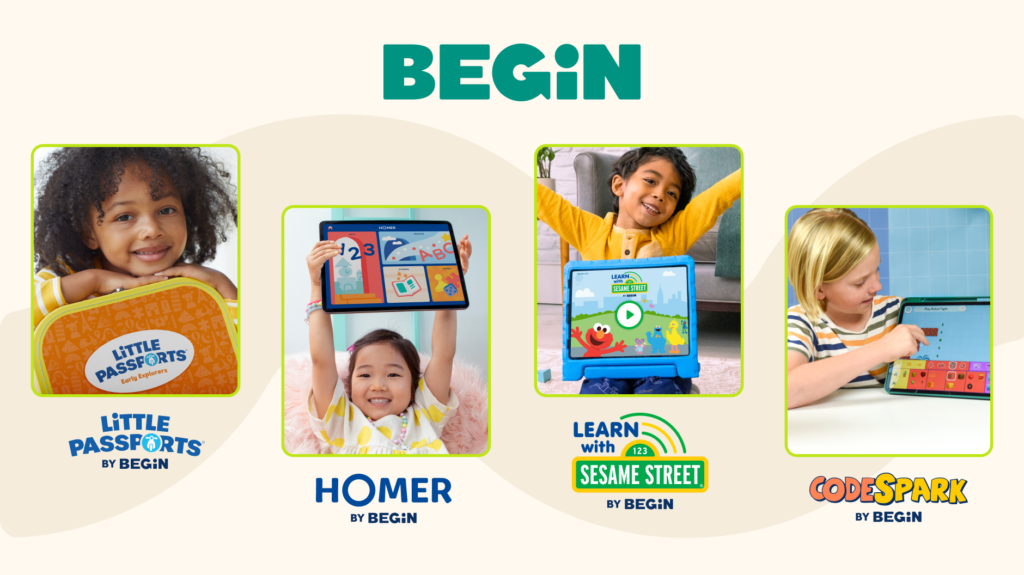
When kids can name their feelings, they have the basic understanding they need to develop more complex Character skills like empathy. At Begin, we know how much that matters.
The first stage of our learning membership, created with the experts at Sesame Workshop, focuses on social-emotional learning, including fun, engaging games about feelings with favorite Sesame Street friends.
Take our quiz and see which stage of the membership is right for your family today!
